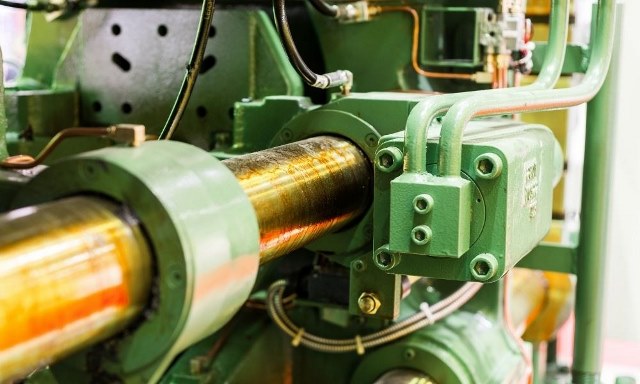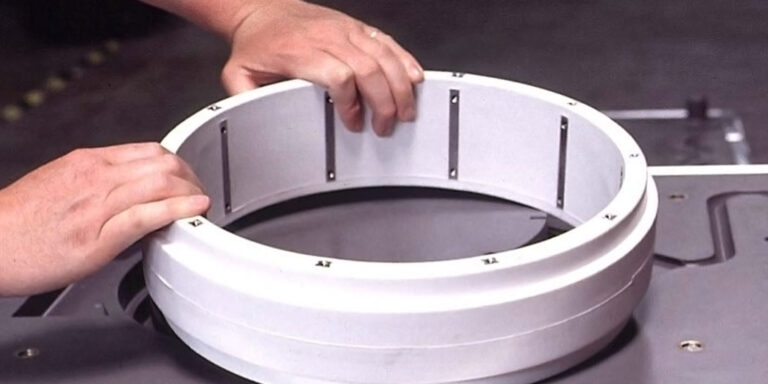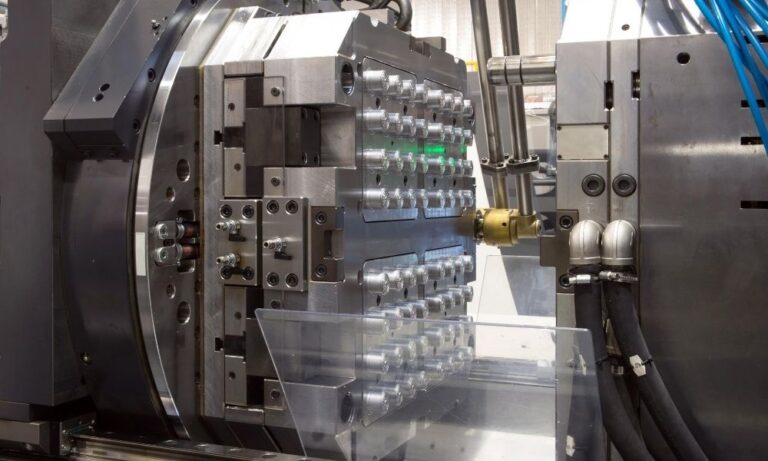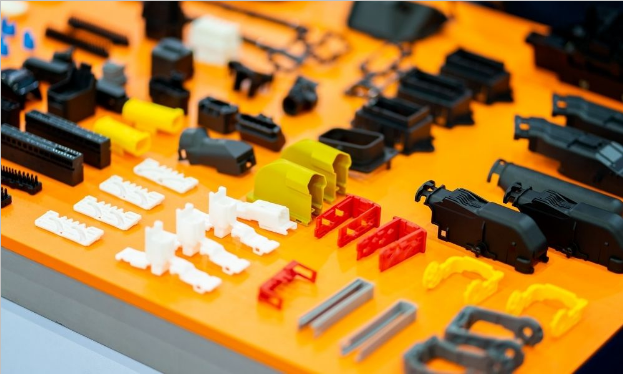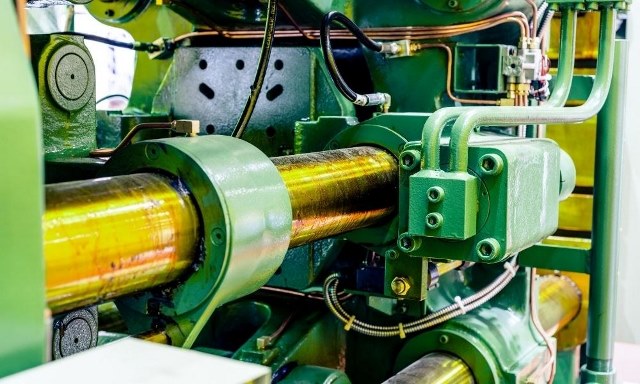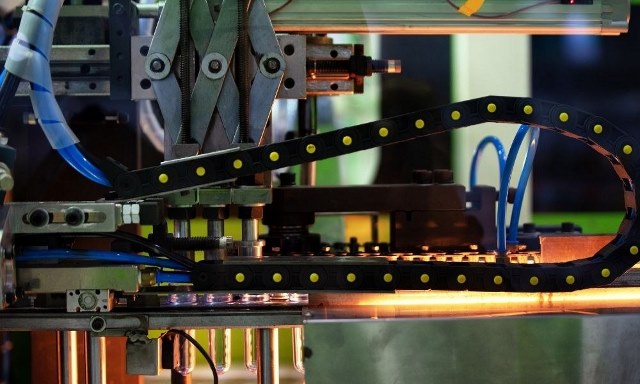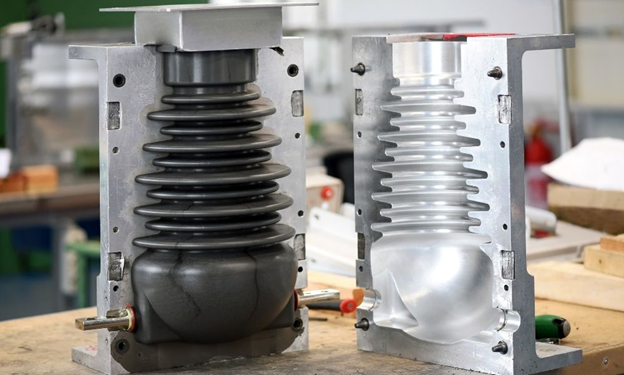The Differences Between Compression Molding & Reaction Injection Molding
Compression molding and reaction injection molding are both utilized to create a wide range of molded parts. These processes share a few similarities, such as their ability to create larger parts and their low- to medium-size production volumes, but they also possess several distinguishing attributes. To learn about the key differences between compression molding versus injection molding and choose the right process for your purposes, continue reading.
THE PRODUCTION PROCESS
The primary differentiator between compression molding and reaction injection molding is their production processes. Below, we will highlight the dissimilarities between the two methods.
THE COMPRESSION MOLDING PROCESS
Compression molding involves placing raw plastic material into a heated mold cavity. The mold then closes, and plugs are inserted into the top of the cavity to seal it off and pressurize it. Due to the combination of heat and pressure from the mold, the plastic gets compressed into the desired shape. After the plastic has cured and the material has cooled, the final part can be removed from the mold.
THE REACTION INJECTION MOLDING PROCESS
The reaction injection molding process involves combining two raw materials known as polyol and isocyanate. These materials are transmitted into the mix head of a molding machine, where they are blended together to form a low viscosity liquid. This liquid is then injected into a heated mold, where they undergo an exothermic, or heat-generating, reaction. Due to their low viscosity, far lower temperatures and pressures are required to get the material to mold to the tool than other popular molding processes. Once the material cures, it’s removed from the mold, and it then undergoes any necessary post-molding processes.
COMPLEXITY OF THE PART
Another key difference between compression molding and reaction injection molding is the complexity of the parts they can create. When it comes to compression molding, creating parts with complex geometries proves highly difficult. Instead, parts made using this process generally have a simpler, more blocky shape.
Reaction injection molding, on the other hand, is widely known for its exceptional ability to create parts that have highly complex part geometries. Due to the high degree of design freedom it offers, reaction injection molding can be used to create parts with varying wall thicknesses, encapsulated components, curves, and other desirable design features.
